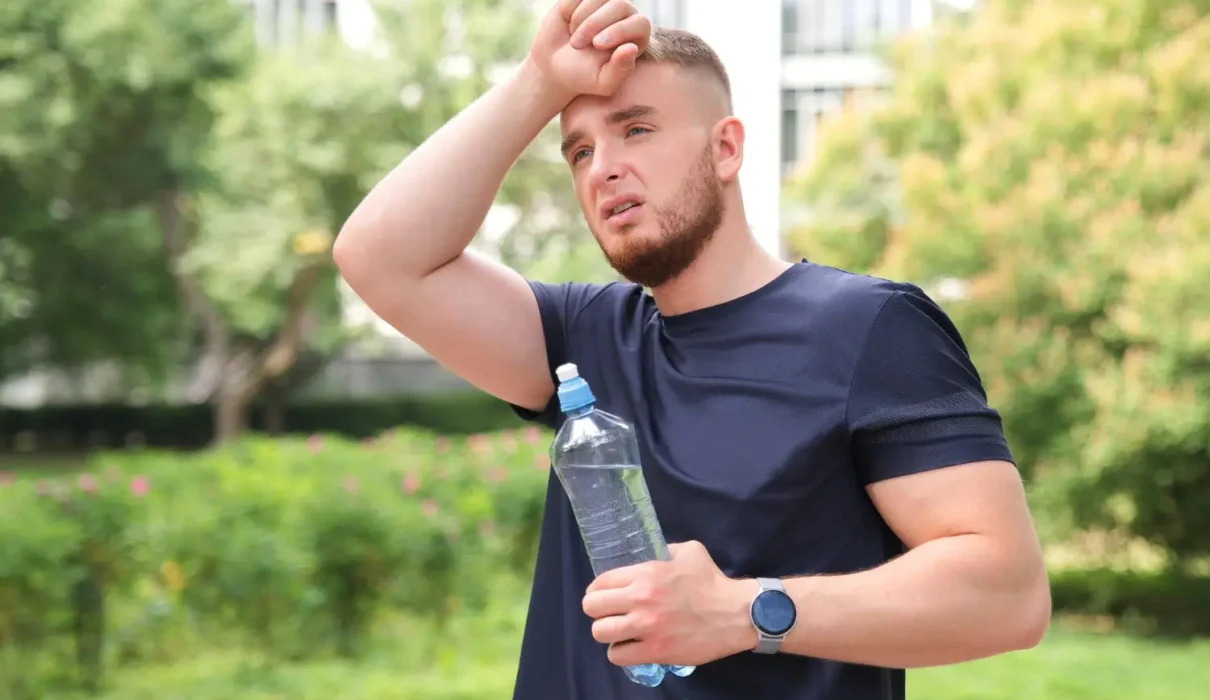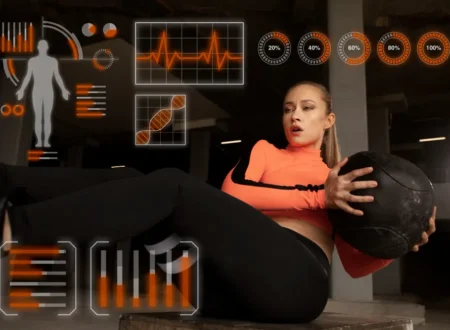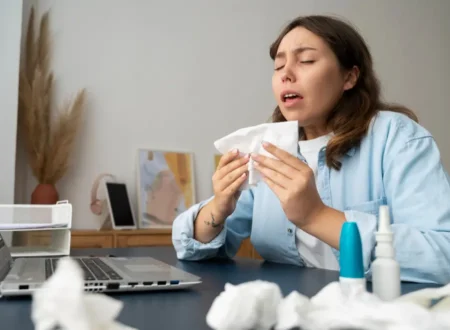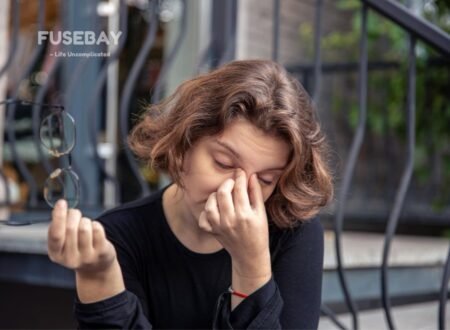Introduction:
Sunstroke, commonly known as heat stroke, is a most severe heat-related injury. Heat stroke is a dire emergency caused by being in scorching and humid weather or overheated indoor places. It happens when your body gets too hot, reaching a temperature of 104°F (40°C) or more. It often develops from less severe conditions like heat exhaustion, fainting, and nausea. Heat stroke requires urgent medical treatment. Otherwise, it can be fatal. It leads to severe complications like nerve damage, ARDS, or liver failure. Let’s explore how to avoid heat stroke in scorching and humid weather or overheated indoor places and how it affects our whole body.
There are two types of heat stroke:
Exertional heatstroke: This type frequently happens when people propel themselves to strenuous activities outside in intense weather.
Nonexertional heatstroke: This type normally affects elderly individuals, such as those over 65, and individuals with ongoing ailments, like diabetes. It can develop gradually over hours or days.
Symptoms of Heat Stroke
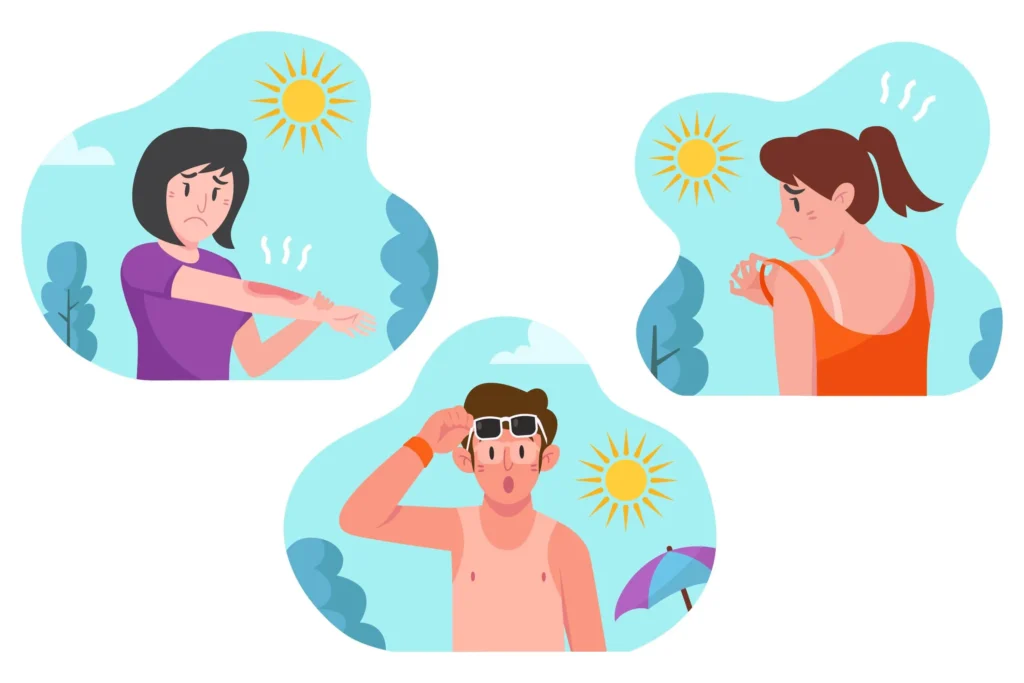
The symptoms of heat stroke may appear gradually or rapidly, but they always lead patients to medical emergencies. Children or elderly people are significantly affected by this disease. Individuals who exercise or do complex jobs in hot, humid weather are also at risk. However, anyone can get heatstroke, depending on the human body. Everyone needs to know its symptoms. The main symptom is an intense body temperature over 104°F, but fainting can be its primary sign.
Other symptoms of heat stroke include:
- Headache
- Nausea
- Vomiting
- Dehydration
- High Fever
- Fainting or Unconsciousness
- Muscle weakness or cramps
- Rapid heart rate
- Low blood pressure
- Dizziness
- Tachycardia or rapid breathing
- Irrational or erratic behavior
- Oliguria (low urine output)
- Delirium
- Weakness
- Coma
Complications of Heat Stroke
People who are affected by heat stroke can go into shock or fall into a coma. These people have high body temperatures, which can lead to
- Nerve damage
- Liver failure
- Kidney failure
- Brain swelling
- ARDS (Acute Respiratory Distress Syndrome)
- Decreased blood flow to the heart
Causes of Heat Stroke
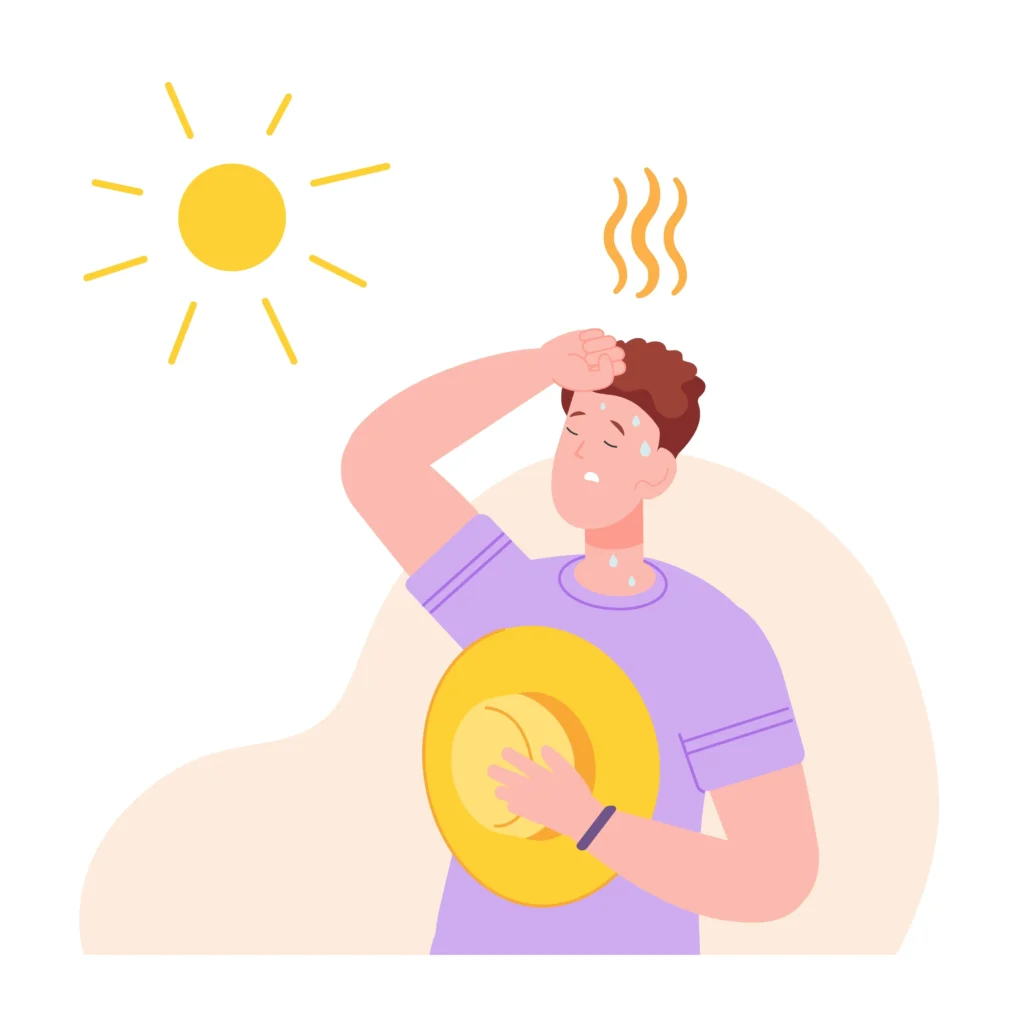
Heatstroke is caused mainly by being in a hot and humid climate. Drinking liquor, insufficient water, or wearing weighty or dark-coloured clothing in a hot environment may also cause it.
Certain medical conditions, like type 1 and type 2 diabetes, can also cause heatstroke. While not a cause, age can also be a risk factor. It’s more challenging for infants and people older than 65 to control their internal body heat levels. This might make individuals in these age groups more inclined to heatstroke should overheating happen.
In older individuals, heatstroke might be more likely to occur in overheated indoor regions than outside. Visiting cooling areas or introducing fans and air conditioning can assist you with staying away from this situation.
First Aid for Heat Stroke
If you or another person is bearing signs of heatstroke, do your best to lower the internal heat temperature while waiting for emergency medical help. Thinks that you should do immediately include:
- Moving out of the heat into a cooled room or shaded region with low temperature.
- Taking off extra clothing
- Drenching your body in an ice shower or cold-water shower
- If chilly water drenching is impossible, apply cold packs to the crotch, back of the neck, forehead, and armpits.
- If you are not fainted and can do little movements, drink cool or cold water or suck on ice chips.
Even if you feel better after taking these first aids, seeking clinical assessment and treatment is essential.
Avoid using ice for older patients, young children, individuals with chronic illnesses, or anyone whose heatstroke occurred without vigorous exercise, as it can be dangerous.
Diagnosis and Tests
Medical services suppliers commonly analyze heatstroke in the emergency department. They review the patient’s symptoms, perform physical checkups, and take the patient’s temperature. They may also ask for blood tests or urinalysis. Extra tests could incorporate a chest X-beam or electrocardiogram (ECG) to screen the electrical movement in the heart.
Treatments for Heat Stroke
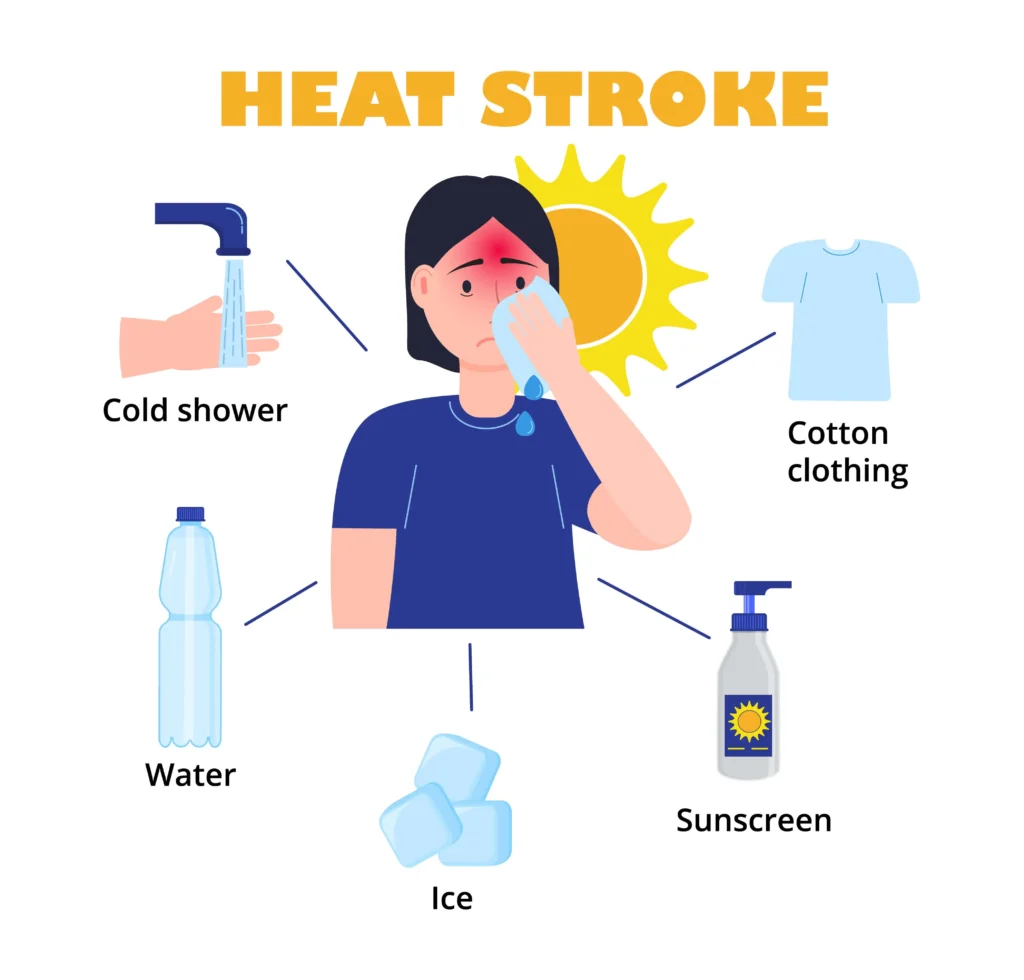
If you get diagnosed with heat stroke, you need medical treatment that helps lower your body’s internal temperature. Initially, healthcare professionals use the following techniques to decrease your temperature level.
- cold-water drenching
- evaporative cooling, which utilizes misted water and blowing air
- cooling covers
- ice packs
- chilled off intravenous (IV) liquids
- cold-water lavage (catheters containing cold water are inserted into the rectum or throat)
These processes are essential for minimizing the risk of complications of heat stroke, such as kidney failure, brain swelling or nerve damage. If you faint, cooling will keep happening while you are being revived. While lowering the temperature, it will be regularly checked to make sure you don’t get too cold.
Prescriptions, like muscle relaxers, might be given to stop shivering. Otherwise, they may increase internal heat and should be avoided. Meds may likewise be utilized to prevent seizures. If necessary, you might get IV liquids to treat dehydration.
Whenever you’ve been balanced out, a specialist or medical services may prescribe tests to analyze if your muscles or internal organs were harmed. Tests include:
- imaging tests like X-beams
- electrocardiogram
- blood tests to quantify blood gas, sodium, and potassium levels
- pee test to evaluate kidney capability
- muscle capability tests
Thermal instability, or inconvenience managing internal heat level, is typical after heatstroke. You may be held in the medical clinic under perception for a while, regardless of whether no complexities happened.
How to avoid Heat Stroke?
If you want to prevent heat stroke, follow these tips. It will effectively lower the risk of heat stroke and also other problems related to this:
- Keeping away from challenging physical activities in hot, humid weather.
- Continuously drinking sports drinks, light salted water or stock.
- Progressively, it allows your body to adjust to warm temperatures for more than half a month if you need to be in hot weather for work or sports.
- Never leave kids (or pets) in shut, hot spaces like vehicles.
- I am remaining in cooled or very much ventilated regions during heat waves.
- Wear lightweight, light-hued, loose attire if you are going out in the heat.
Final Thoughts
Heat stroke is a severe problem that needs quick attention and the proper care. Its dangerous effects show why it’s essential to prevent it by avoiding hard work in hot weather, drinking enough water, and wearing the right clothes. If you notice the signs and give first aid quickly, it can help. What’s more, regardless of whether you begin feeling much improved, seeing a specialist is essential to ensure there are only some of the issues. By remaining informed, getting things done to stop it from working out, and knowing what to do, individuals can reduce the possibility of getting heatstroke and staying healthy when it’s hot outside.
FAQs
Q1: How is heat stroke treated?
Treatment for heat stroke includes quickly cooling the body through strategies like cold-water submersion, evaporative cooling, or cold packs, as well as directing intravenous liquids and prescriptions to prevent complications.
Q2: What is the difference between heat exhaustion and heat stroke?
The principal distinction between the two is the centre’s internal heat level. With heat exhaustion, an individual’s internal temperature is around 100°F (38°C). With heatstroke, an individual’s centre internal heat level is 104°F (40°C) or higher. Heat exhaustion is certainly not a severe medical situation, yet heatstroke is.
Q3: What’s the duration of heat stroke
If you have heatstroke, the quicker you’re treated, the simpler and faster your recovery will be. Nonetheless, you might continue to experience sensitivity to heat for about seven days after your signs have dispersed.
If you find this article helpful and interesting then visit our website FuseBay for more articles

